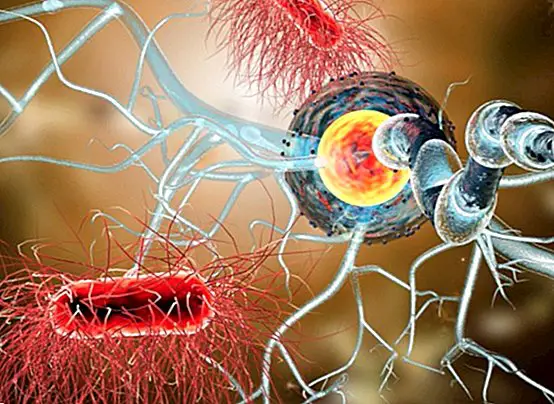Triclosan: what is it, in what products can we find it?
Recently we knew that Colgate Total toothpaste contains a supposedly carcinogenic chemical, which would be under study by the Food and Medicine Administration American (FDA), after the competent authorities issued at the beginning of the year a series of reports that would question the process by which in 1997 was admitted the sale of this pasta. teeth with triclosan (at 0.3%, according to the section in which the Colgate company itself indicates the components of its toothpastes).
Today we want to investigate a little more about what triclosan consists of and what its main uses are in our daily life.

What is triclosan?
Triclosan is a chemical, which acts as a bacterial and fungicidal agent. However, under normal conditions, it is only a colorless solid with a slight odor of phenol (also known as carbolic acid or carbolic acid).
That is, we have a biocide which has been widely used for more than 40 years. In high concentrations it would be effective to kill a large number of different microorganisms (including numerous bacteria), while at low concentrations, although not killing them would stop their spread.
Where can we find it?
It is a compound that today is added to many consumer goods, from cosmetics to detergents, to hand soaps and also toothpastes (as is the case of Colgate Total, for example).
The reason for its wide use is very simple: it acts as a disinfectant, preservative or antiseptic, and its use is also common in medical care and animal husbandry.
What are the principal uses?
- In cosmetics: acts as a preservative. We can find it in soaps, deodorants and toothpastes, in which it acts to improve the health of the gums and control the plaque.
- In products for the home: prevents the development of microorganisms in products containing triclosan. We found from soaps to detergents.
- In everyday products: as toys, carpets and textile products.
- In sanitary and medical facilities: acts as a preventive and infection control. We find it in surgical suture material, in hand soaps, disinfectants and antiseptics.
Via | EU Public Health


